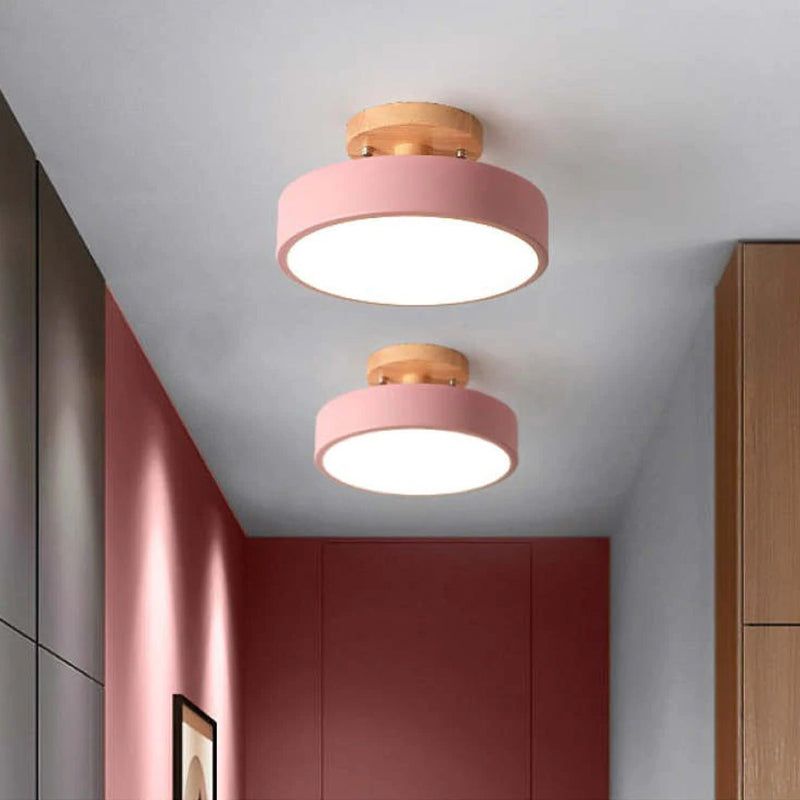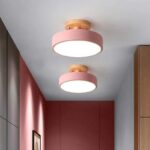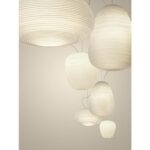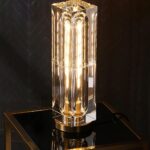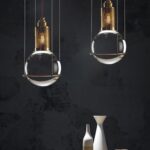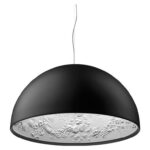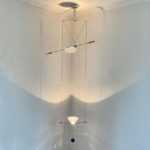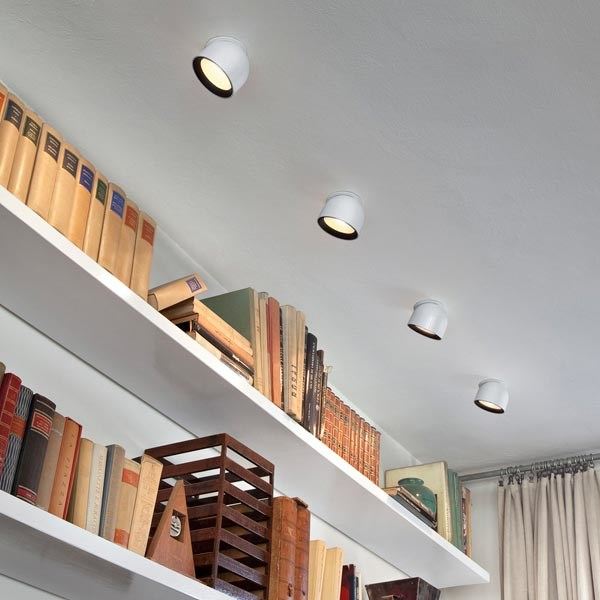
Halogen lamps are a type of incandescent lamp that use a tungsten filament surrounded by a small amount of halogen gas, such as iodine or bromine. This design allows the filament to burn hotter and brighter than in traditional incandescent lamps, resulting in a more efficient and longer-lasting light source. The halogen gas also helps to extend the lifespan of the lamp by redepositing evaporated tungsten back onto the filament, rather than allowing it to accumulate on the inside of the bulb. Halogen lamps are known for their high color rendering index, which means they produce a light that closely resembles natural daylight and is ideal for tasks that require attention to detail, such as reading or crafting. Additionally, halogen lamps are available in a variety of shapes and sizes, making them versatile for use in a range of applications, from residential lighting to commercial and industrial settings. Overall, the design of halogen lamps offers a combination of efficiency, brightness, and color quality that makes them a popular choice for many lighting needs.
Halogen lamps have been a popular choice for many years due to their bright, focused light output. These lamps contain a tungsten filament that is enclosed within a small, transparent quartz envelope filled with a halogen gas. When electricity passes through the filament, it heats up and produces light. The halogen gas helps prevent the filament from deteriorating as quickly, resulting in a longer lifespan for the lamp.
One important aspect of halogen lamp design is the size and shape of the quartz envelope. The design of this envelope is crucial to the lamp’s performance, as it must be able to withstand high temperatures without shattering. The envelope also allows for maximum light output and prevents any interference with the halogen gas filling. Additionally, the shape of the envelope can determine the beam angle of the light, allowing for a more focused or wider spread of illumination.
Another key element of halogen lamp design is the type of filament used. Tungsten is the most common material used for the filament due to its high melting point and durability. The filament is designed to provide a stable and consistent source of light, while the halogen gas helps to recycle any tungsten particles that may evaporate and deposit back onto the filament. This process, known as the halogen cycle, helps to maintain the purity of the filament and extends the life of the lamp.
Overall, halogen lamp design is a complex and meticulous process that involves careful consideration of various factors such as envelope shape, filament material, and gas fill. By carefully designing and engineering these components, manufacturers are able to create halogen lamps that are not only highly efficient and durable but also provide a bright and focused source of light for a variety of applications. Whether used for residential lighting, automotive headlights, or stage lighting, halogen lamps continue to be a popular choice for their reliability and performance.
 Decor ideas Style Starts Here
Decor ideas Style Starts Here
